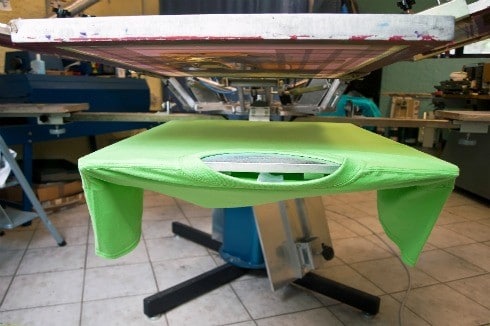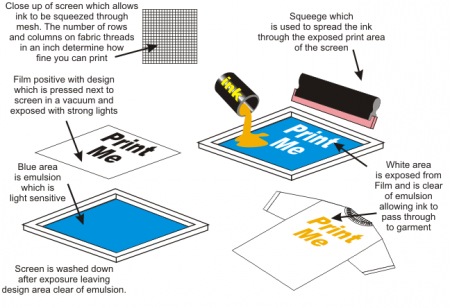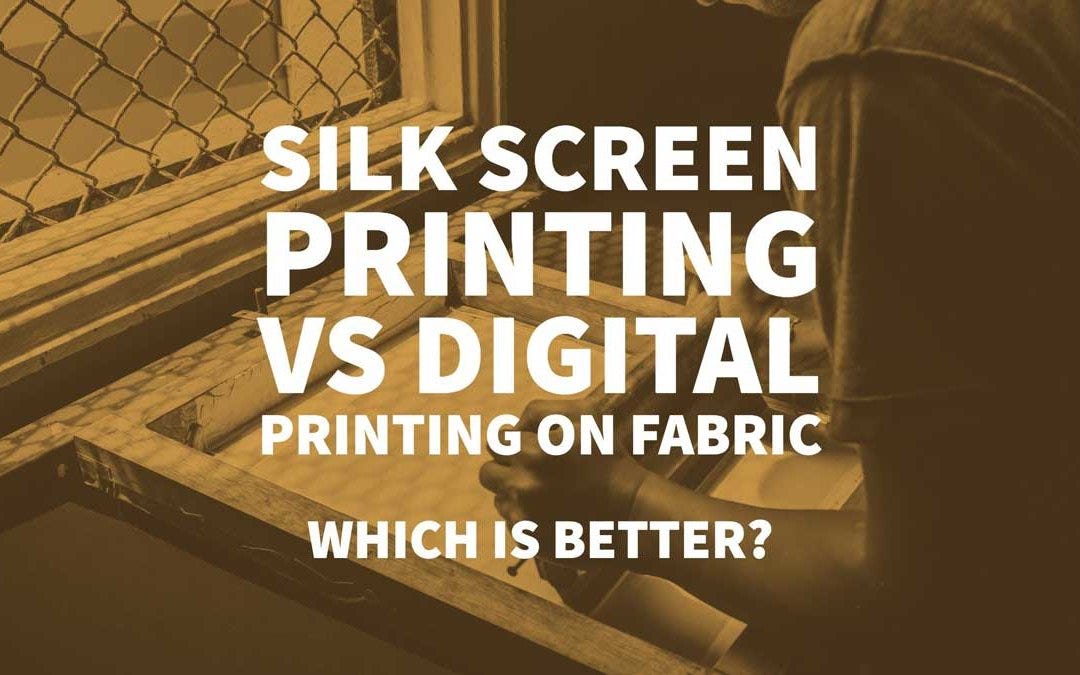How Tx Tees can Save You Time, Stress, and Money.
How Tx Tees can Save You Time, Stress, and Money.
Blog Article
The Best Strategy To Use For Tx Tees
Table of Contents7 Simple Techniques For Tx TeesGet This Report on Tx TeesAbout Tx TeesThe Greatest Guide To Tx TeesTx Tees Things To Know Before You BuyTx Tees for BeginnersThe Single Strategy To Use For Tx Tees
Include up various other costs, like the number of energies it takes to run the shop and the price of ink and solution per layout. Take the print listed below.The solution ought to just be a couple of cents considering that you 'd only need to layer one display for this work. Exactly how much should you bill per tee shirt to make a profit? Typically, printers attempt to make up to 45% revenue on a print work. Here's a table to help you establish that: total expense per product percent of wanted earnings as a decimal (example:.25 or.45) revenue made per product per work Currently let's discuss the productivity of DTF.

With DTF, you can publish a handful of t-shirts, or just one. Both screen printing and DTF have their specific niches in the globe.
The 9-Second Trick For Tx Tees
The very best means to understand? Ask about and see what printing shop like yours are doing. screen printer. Try both out and see which you like much better
When you're choosing what kind of printing approach to use for printing your art work layouts on your garments, it is very important that you understand the distinctions between these two methods so you can take full advantage of results while decreasing expenses. Display printing is the most typically utilized technique for printing layouts on fabrics.
DTG printing is also called place or direct to garment printing since it prints just what is needed as opposed to making a display as display printers do. https://www.domestika.org/en/russellcostello79602. Display printing functions by display filler squeegee display printing ink display mesh screen, then transferring the picture to garment using heat and/or stress
The DTG printer utilizes special dye-sublimation inks that are used right into a pre-designed photo by an electronic printing system. The inks enter into the material, permitting dynamic colors and phenomenal detail. It's additionally referred to as spot or direct to garment printing because it publishes only what is required instead of making a screen as display printers do.
The Tx Tees Statements
First, it's much quicker - you can print a fullcolor photo in mins, instead of hours for screen printing. Second, there's no established time or prices involved - you can publish any kind of design you like, without needing to produce a screen initially. Third, there's no waste - due to the fact that display printers screen print one style at once, they have to evaluate each shade separately.
The paper is really expensive and can only be utilized when. Once it's published on, it has actually to be thrown out. - The first acquisition rate is less than the upfront investment of DTG printers- You can print multi-color designs one screen each time instead of having to print each color separately like DTG printing.

Some Known Details About Tx Tees
Nevertheless, rather than utilizing display mesh as display printers do, color sublimation printers make use of laser technology to move your images onto garments or paper. A heat process moves the dye from its solid-state straight into the gas phase which consequently integrates it onto textile substratums when they are rapidly heated to heats under high stress.
Sublimation printing is environmentally friendly. It makes use of less water than screenprinting, and since it does not involve the use of dangerous solvents, it's safe for all kinds of garments. The dye sublimation inks are additionally unsmelling when healed, unlike display printers that utilize hazardous chemicals throughout the screen printing process that leave an unpleasant smell.
They additionally conserve money on pricey tools like direct exposure units considering that color sublimation printers do check that not need a UV direct exposure device or a flash cure oven that is typically utilized in display printing (embroidery shop). What is straight to garment printing (DTG Printing)? DTG printing is a digital screenprinting process that prints straight onto fabric making use of specialized inkjet printers
Some Known Details About Tx Tees
DTG printing provides many benefits over traditional screenprinting, consisting of the capacity to publish photographic quality images, better shade vibrancy, and the capacity to print layouts on darker materials. DTG printers work by heating up the textile ink until it transforms into a gas. The gas then permeates the material, bonding with the fibers to create a long-term print.

Screen printers just prepare their display then begin publishing until they run out of item or ink.- There is a vast range of experienced display printers throughout the world, which can be practical for beginners. - It's a slower procedure - screen printers frequently have to wait on the ink to dry before they can publish the following shade- Screen printers need manual work, so there's a greater discovering curve and it takes longer to produce a top quality design- Screen printing isn't as precise as DTG printing, so you may get some "bleeding" of shades from one component of the picture onto an additional if not done appropriately.
The Ultimate Guide To Tx Tees
Rather of making use of display mesh as display printers do, color sublimation printers use laser innovation to transfer your images onto garments or paper. A warmth procedure transfers the dye from its solid-state directly right into the gas stage which subsequently merges it onto material substrates when they are swiftly warmed to high temperatures under high stress.
Sublimation printing is environmentally friendly. It uses much less water than screenprinting, and due to the fact that it doesn't include using damaging solvents, it's risk-free for all sorts of garments. The color sublimation inks are likewise unsmelling when healed, unlike display printers that use harmful chemicals during the display printing process that leave an unpleasant odor.
They also save money on pricey devices like exposure units since color sublimation printers do not need a UV direct exposure unit or a flash remedy stove that is generally made use of in screen printing. What is direct to garment printing (DTG Printing)? DTG printing is a digital screenprinting process that prints straight onto textile making use of specialized inkjet printers.
Tx Tees for Dummies
DTG printing supplies several advantages over standard screenprinting, consisting of the ability to publish photo top quality photos, higher color vibrancy, and the capability to print designs on darker fabrics. DTG printers work by warming the fabric ink up until it becomes a gas. The gas after that penetrates the fabric, bonding with the fibers to produce a permanent print.
Report this page